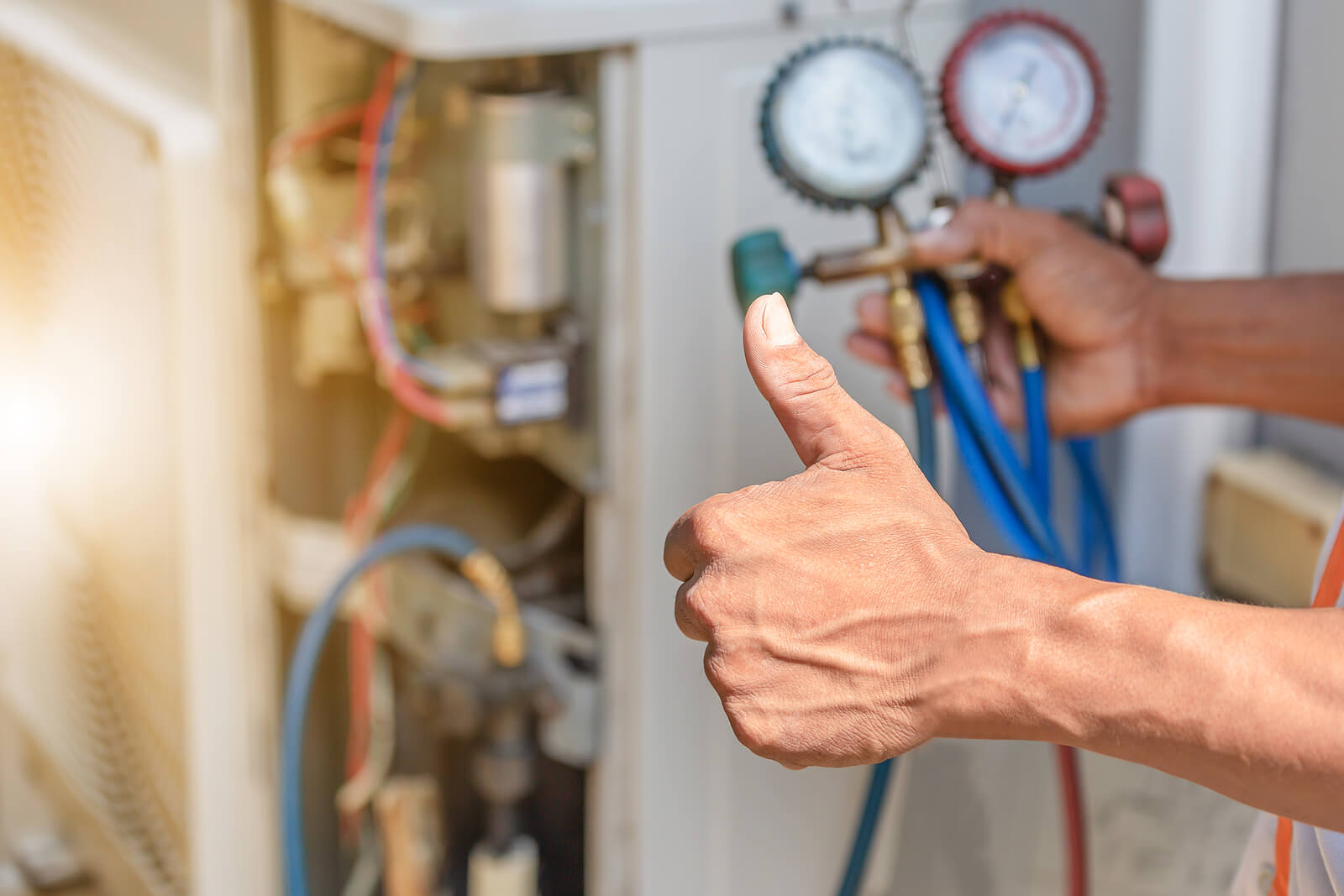Find the leading heating company for furnace installation and expert repairs
Find the leading heating company for furnace installation and expert repairs
Blog Article
The Ultimate Overview to Heater Installment for a Cozy Home
Heating system installation is an essential element of maintaining a comfy home atmosphere, particularly throughout the chillier months. As you consider these variables, the concern remains: what actions can you take to ensure your heater offers you well for years to come?
Types of Furnaces

Gas heating systems are one of the most usual selection due to their effectiveness and lower functional prices. They make use of all-natural gas or propane, offering quick heating and constant efficiency, making them excellent for colder climates.
Electric furnaces, while typically simpler to install and keep, tend to have higher operational costs. They are frequently favored in areas where gas service is unavailable or for homes with existing electric infrastructure.
Oil furnaces, though less common today, continue to be a viable option in particular areas. They melt home heating oil, which can be helpful during cooler months, but their reliance on oil shipment poses prospective challenges.
Additionally, there are high-efficiency models readily available across these types, which can significantly decrease energy consumption and utility costs - furnace installation. Ultimately, recognizing these furnace types will help house owners select a system that lines up with their heating requires, spending plan, and energy preferences
Picking the Right Size
Selecting the suitable dimension for a heater is important to making sure optimal efficiency and energy efficiency. A small heating system will battle to preserve comfy temperature levels during the cool months, causing increased damage, higher power expenses, and potential system failing. Conversely, an extra-large furnace might cycle on and off as well regularly, leading to ineffective heating and irregular temperature distribution within the home.
To identify the appropriate furnace size, an estimation called the Manual J tons calculation must be performed. This procedure evaluates different variables, including the square video of the home, insulation levels, window dimensions, and local climate problems. This comprehensive analysis makes certain that the furnace satisfies the details heating demands of the room.

Installation Refine Introduction
In regards to materials, you will require ductwork, insulation, and securing tape to guarantee optimal air movement and energy efficiency - furnace installation. It is additionally essential to have a new heater browse around this web-site filter available, along with airing vent materials, such as PVC pipeline or metal flue, relying on the kind of furnace being mounted
Security tools, including handwear covers, goggles, and a face mask, is additionally important to safeguard versus dust and particles during installment. Having all these tools and products readily offered not just enhances the procedure however additionally improves the safety and security and efficiency of the heater installation.
Upkeep Tips for Long Life
To guarantee the long life of your furnace, it is vital to execute a routine upkeep schedule that attends to key elements of the system. Beginning by replacing or cleaning up the air filter each to 3 months, as a blocked filter can limit air movement and decrease effectiveness. Furthermore, evaluate and clean the blower assembly to protect against dirt accumulation that can impede efficiency.
Following, examine the thermostat settings and recalibrate important source if needed to make certain exact temperature law. Inspect the ductwork for leaks or obstructions, as this can cause power loss and irregular home heating. Routinely lube the motor and bearings according to the maker's referrals to decrease damage.
Professional inspections ought to occur yearly, where a qualified service technician can examine the heating system's general problem, check for gas leaks, and guarantee that security functions are functioning correctly. Consider installing a programmable thermostat to maximize power use and preserve consistent home temperatures. By taking on these upkeep methods, you can enhance your furnace's performance, expand its life expectancy, and eventually enjoy a cozy and comfy home setting.
Final Thought

Report this page